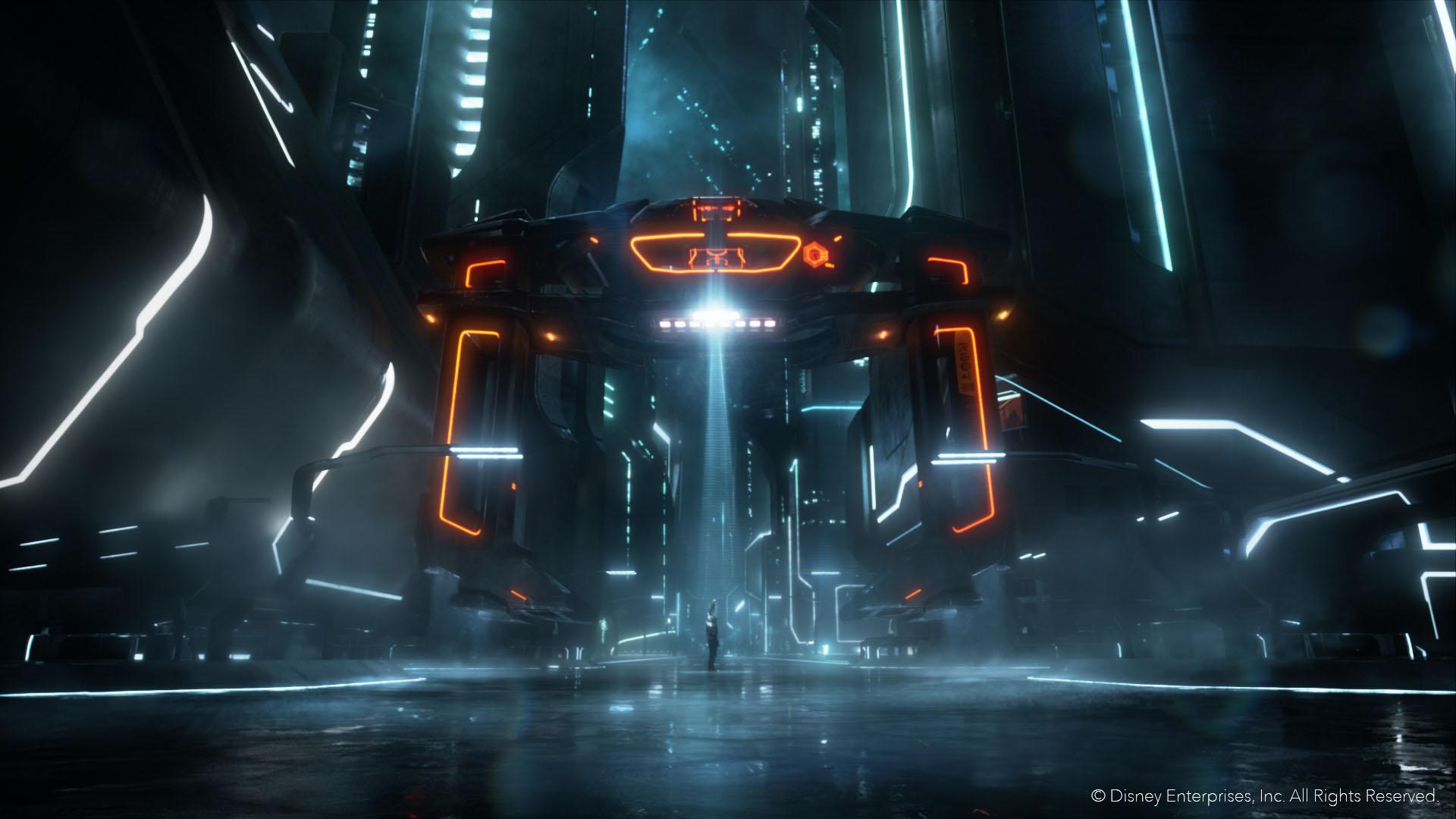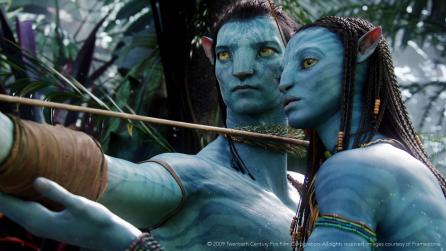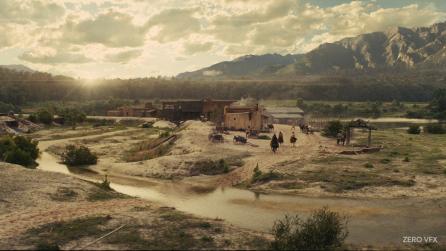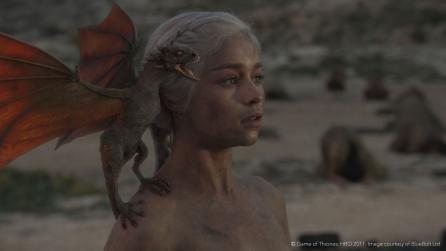Nuke and Ocula tackle the challenges of TRON: Legacy
Digital Domain's Paul Lambert and Shervin Shoghian talk about their work on TRON: Legacy.
A showcase for digital production technology, TRON: Legacy was conceived as a stereoscopic 3D movie from its earliest stage. Set in a dark and reflective CG environment, Digital Domain overcame significant production challenges to realise a stereoscopic cyber universe that achieved a real-world feeling yet remained true to the realities of computer simulation.
Digital Domain completed many of the film’s signature sequences including the Disc Game, Light Cycle Battle, Light Jet Battle and Portal Climax sequences, which amounted to over 800 of the film’s 1,565 shots. The studio also collaborated with a number of outsource partners around the world, including Prime Focus, Prana Studios and Mr. X, on the remaining share.
Nuke
Pulling together the numerous elements, assets and effects to create a dark and reflective digital realm filled with contrasting fluorescence was a complex job, but Digital Domain’s knowledge of our compositing tool and its 3D capabilities provided confidence that they could make it happen.
Nuke is the foundation of Digital Domain’s compositing pipeline, and all the studios that worked on TRON: Legacy switched to Nuke for compositing so they could interact easily and ensure a continuous look throughout the film.

Paul Lambert, compositing supervisor at Digital Domain, comments “I’ve been using Nuke for 7 years and wouldn’t do any 2D work without it. Dealing with stereo inside of Nuke is seamless, which makes it an ideal package for a project like this.
Shervin Shoghian was a compositing lead at Digital Domain’s Vancouver studio, where they completed work on 160 shots, and he adds, “Nuke's ability to work with stereo footage is straightforward, but it can be as advanced as you need it to be. This proved invaluable for everyone working on this project. The frequently used nodes, such as the grade nodes in Nuke, make it easy to split the left and right eyes and adjust each one accordingly. This was especially useful for the roto and paint departments as they could roto one eye, split the plate, paste the roto and adjust for the other eye.”
Once their workflow was established, Digital Domain set up several Nuke tools, look presets and gizmos to help maintain a consistent look throughout the film. Because of the dark environments, cinematographer Claudio Miranda and director Joseph Kosinski shot wide open footage for TRON: Legacy with a very shallow depth of field, and Digital Domain set up a follow focus tool for matching CG work throughout the project. They also set up tools to correct the glow lines on the costumes and practical sets. These lights and glows would normally need to be enhanced, explains Shoghian. “Sometimes we could just key the glow, but in other instances the lights on the costumes went out and had to be rotoscoped back in.


Ocula
Shot using a mirrored camera setup with Sony F35 cameras, TRON: Legacy was the first large-scale project for Digital Domain that was shot in stereo-3D. On most modern stereoscopic camera rigs, the additional optics result in one of the views having missing or significantly diminished reflections, compared to the other view. Depending on the nature of the shot, this can degrade the comfort of the stereo-3D experience.
“It’s just physics,” explains Paul Lambert, “but far from being something that can be corrected in a straightforward fashion in the grade, the corrections needed to compensate for this effect are very intricate - all objects in the scene need different corrections and the effects vary as a shot plays through.”
“Every plate needed a vertical alignment and polarization fix because everything on the set was so shiny and reflective.” adds Lambert, who faced the huge challenge of developing a stereo-3D workflow to simplify these procedures and the other stereoscopic challenges on the project.
As part of his research, Lambert investigated tools and techniques to fix the issues with color disparity, which were particularly difficult because of the sheen and reflections that are so key to the look of TRON. After using Ocula's ColorMatcher with limited results, he began consulting with Foundry’s R&D Team and they collaborated to improve ColorMatcher to deal with these issues more accurately. Foundry’s research team loves a challenge and relished the opportunity to work closely with Lambert’s team to find a solution. The resulting development effort made a significant improvement to Ocula's color-matching abilities, and was rolled into the commercial product as part of Ocula 2.1.
Lambert comments, “I was able to work closely with Foundry’s R&D department to refine Ocula's ColorMatcher to deal with these issues more accurately and, even though it had never been used to this extent on a stereo-3D film, it proved to be a tremendous asset to our team. I wouldn’t do another stereo project without Ocula.”
Digital Domain invested a huge amount of time perfecting a stereo 3D pipeline, and it paid off. Their overall approach resulted in great productivity throughout the project with artists taking a few days to complete final stereo-3D versions of their shots.


